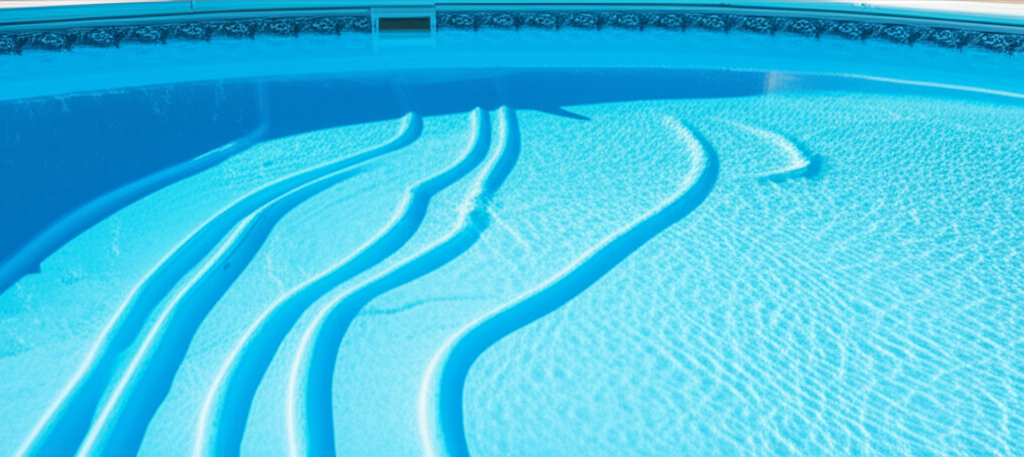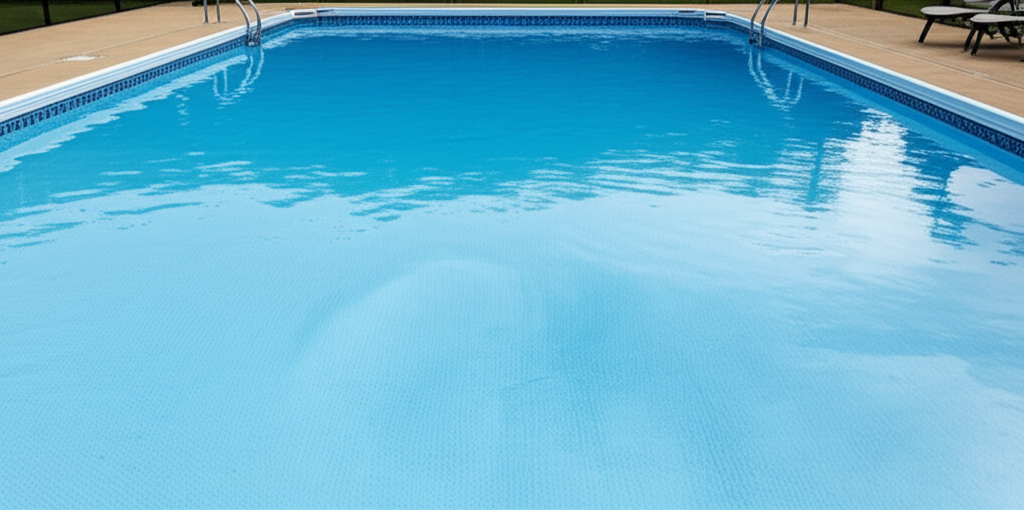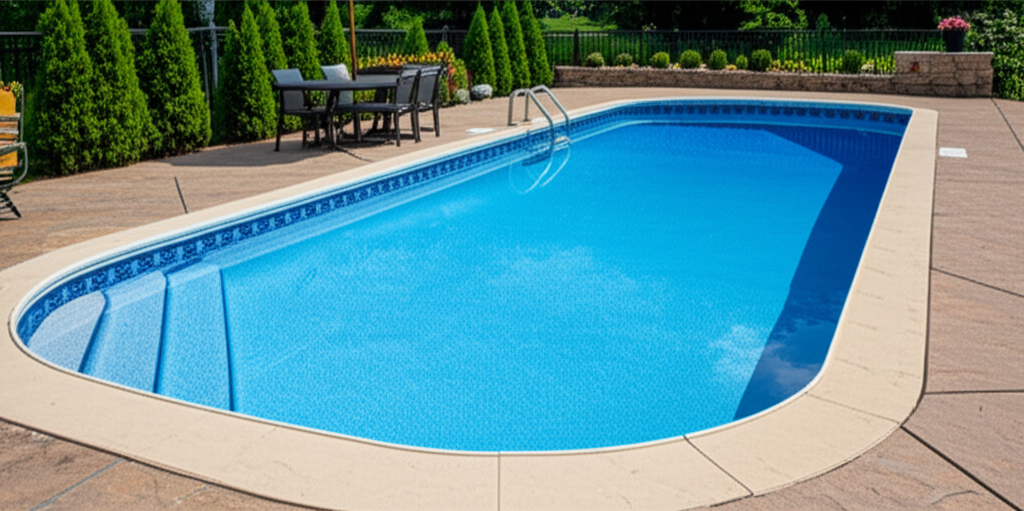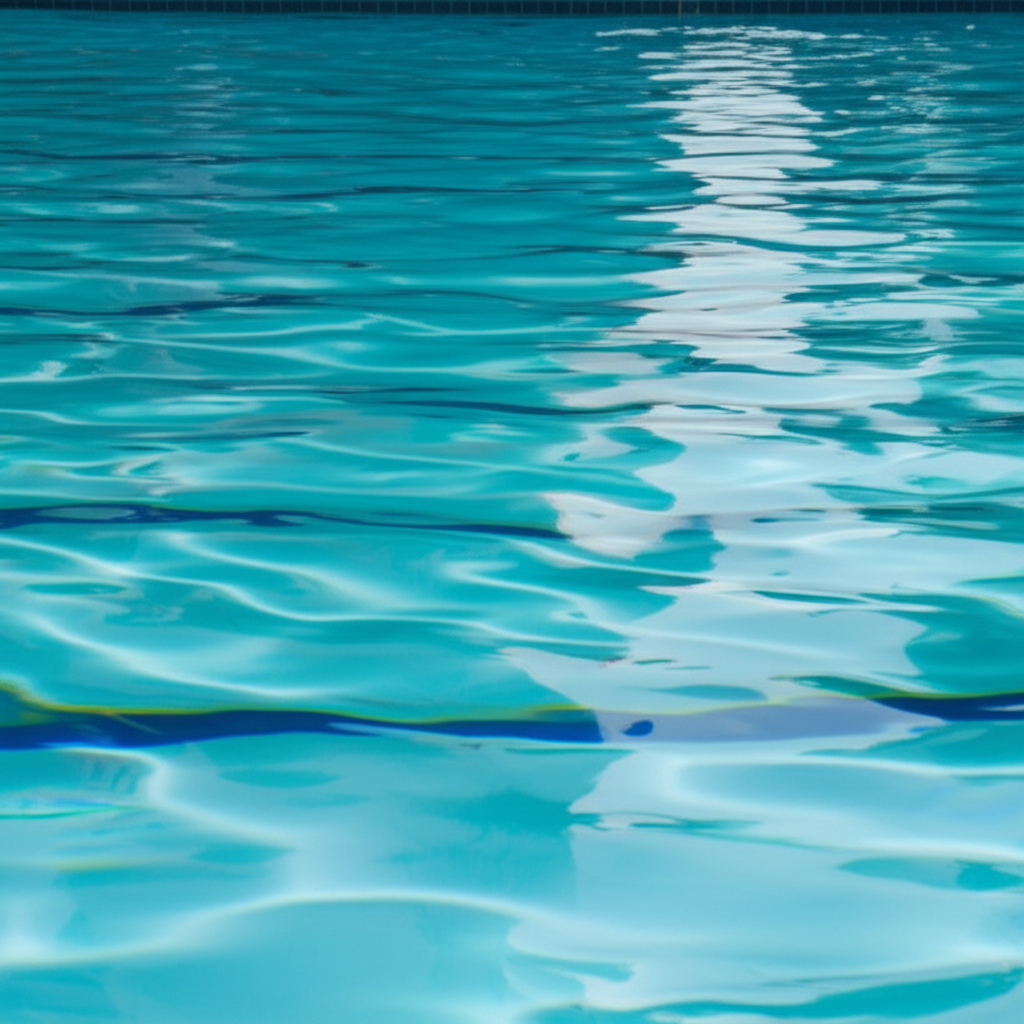- Why Do Pool Liner Wrinkles Appear? Understanding the Causes
- The Impact of Pool Liner Wrinkles
- How to Fix Pool Liner Wrinkles: Expert Easy Approaches
- 1. Manual Smoothing for Minor or Recent Wrinkles
- 2. Addressing Groundwater-Induced Pool Liner Wrinkles with a Shop-Vac
- 3. Correcting Water Chemistry Problems
- 4. Addressing Stubborn or Severe Wrinkles
- Preventing Future Pool Liner Wrinkles
Pool Liner Wrinkles can transform your backyard oasis into a less-than-perfect retreat. These unsightly creases not only detract from your pool’s aesthetic appeal but can also pose functional problems, making cleaning difficult and potentially leading to premature wear and tear on your liner. Fortunately, many of these issues are surprisingly simple to address with the right knowledge and a bit of effort. This article will guide you through understanding why wrinkles form and provide expert, easy-to-follow methods on how to fix them, restoring your pool to its pristine condition.
Why Do Pool Liner Wrinkles Appear? Understanding the Causes
Before diving into solutions, it’s crucial to understand the root causes behind those pesky pool liner wrinkles. Identifying the specific reason often dictates the most effective fix.
1. Improper Installation: The most common culprit, especially for newer pools. If the liner wasn’t perfectly smooth during installation, or if the vacuuming process wasn’t thorough, wrinkles can set in from day one.
2. Water Chemistry Imbalances: Poorly balanced water, particularly low pH or alkalinity, can cause the vinyl material of your liner to lose its plasticizers, making it less pliable and more prone to creasing as it expands and contracts. High chlorine levels can also contribute to this degradation over time.
3. Groundwater Pressure: Hydrostatic pressure from water seeping up from the ground underneath your pool liner can push against it, creating bulges and wrinkles. This is more common in areas with high water tables or during heavy rainfall.
4. Rapid Draining or Refilling: Draining a vinyl liner pool too quickly, or refilling it too fast without proper attention, can cause the liner to shift, buckle, or lift, leading to wrinkles. Drastic temperature changes during these processes can also play a role.
5. Temperature Fluctuations: Vinyl liners expand and contract with temperature changes. Significant drops or spikes can sometimes cause the liner to shift, resulting in wrinkles.
6. Age and Wear: Over time, vinyl liners naturally lose their elasticity and become more rigid. As they age, they are more susceptible to creasing and shifting, and wrinkles may become a persistent problem.
The Impact of Pool Liner Wrinkles
Beyond aesthetics, wrinkles can impact your pool in several ways:
Cleaning Challenges: Debris can settle into the creases, making vacuuming and brushing less effective.
Increased Wear and Tear: Over time, the constant pressure and flexing along a wrinkle can weaken the liner material, potentially leading to tears or leaks.
Uncomfortable Footing: Walking on a wrinkled liner can be uncomfortable and even pose a tripping hazard.
Pest Harboring: In severe cases, wrinkles can create small pockets where algae or other microorganisms can thrive, making sanitation more difficult.
How to Fix Pool Liner Wrinkles: Expert Easy Approaches
Now, let’s explore practical, expert methods for tackling those wrinkles, categorized by their likely cause.
1. Manual Smoothing for Minor or Recent Wrinkles
This method is ideal for new wrinkles or those that appear shortly after filling the pool.
While Filling (New Pools/After Draining): As the pool fills, get into the shallow end and use your feet to gently push the wrinkles towards the walls. Continue working your way deeper as the water level rises. The weight of the water helps hold the liner in place once smoothed.
Warm Water Method (Existing Wrinkles): Vinyl liners are more pliable when warm. Wait for a sunny day when the pool water is warm. Get into the pool with a clean broom, rubber-tipped plunger, or even just your feet. Start from the center of the wrinkle and gently push or sweep it towards the nearest wall, trying to work the excess material out. Avoid sharp objects.
2. Addressing Groundwater-Induced Pool Liner Wrinkles with a Shop-Vac
This is one of the most effective and often overlooked methods for wrinkles caused by water behind the liner or general liner shifting. You’ll need a powerful wet/dry shop vacuum.
Partially Drain the Pool (Optional but Recommended): Lower the water level until it’s just below the deepest wrinkles. This reduces the pressure on the liner and makes it easier to pull it taut.
Locate a Skimmer or Pipe: Find a skimmer access panel or a small pipe leading between the liner and the pool wall. If there isn’t one, you may need to carefully lift a small section of the liner bead at the top edge.
Create a Seal: Insert the shop-vac hose into the gap, ensuring a tight seal around it. You might use duct tape, rags, or even a pool noodle piece to block off any air leaks around the hose. The goal is to create a strong vacuum between the liner and the pool wall.
Run the Shop-Vac: Turn on the shop-vac. It should begin to suck the air and any groundwater from behind the liner, effectively pulling the liner taut against the pool walls and floor. You will see the wrinkles smooth out.
Manual Assistance: While the vacuum is running, get into the pool (if partially drained) and use your feet or a soft brush to help guide any remaining wrinkles towards the edges or away from problem areas.
Refill Slowly: Once the liner is smooth and taut, slowly begin refilling the pool. Keep the shop-vac running until the water level is about a foot or two from the top, then turn it off and remove the hose. Refilling slowly is key to prevent air from getting trapped again.
3. Correcting Water Chemistry Problems
If water chemistry is the culprit, the fix is preventative and corrective.
Test and Adjust: Regularly test your pool’s pH, alkalinity, and calcium hardness.
pH: Maintain between 7.4-7.6. Low pH makes the liner material more brittle.
Alkalinity: Keep between 80-120 ppm. Imbalances affect pH stability.
Calcium Hardness: Aim for 200-400 ppm. Low calcium can cause corrosion and liner issues.
Balanced Approach: Adjust chemicals gradually. Dramatic fluctuations are detrimental to the liner.
4. Addressing Stubborn or Severe Wrinkles
For deep, persistent wrinkles that resist other methods:
Partial Draining (Caution Advised): As a last resort, some recommend fully draining the pool briefly. However, this carries significant risks, especially with older liners. An old liner may shrink excessively once drained, making it impossible to refill without replacing it. If you choose this, do so on a warm, sunny day and be prepared to refill immediately.
Professional Intervention: If wrinkles are extensive, won’t budge, or you suspect structural issues or significant groundwater problems, it’s always best to consult a pool professional. They have specialized equipment and expertise to diagnose and repair complex issues, including potential liner replacement if necessary.
Preventing Future Pool Liner Wrinkles
Prevention is often simpler than correction.
Maintain Optimal Water Chemistry: Consistent testing and balancing are your primary defense.
Avoid Rapid Draining: If you must drain your pool, do it slowly and, ideally, only when necessary.
Monitor Groundwater: If your area is prone to high water tables, consider installing a sump pump or hydrostatic relief valves to manage groundwater pressure.
Refill Slowly: Always refill your pool gradually, paying attention to the liner’s behavior.
Proper Installation: If getting a new liner, ensure it’s installed by experienced professionals who take care to smooth out all wrinkles.
Pool liner wrinkles are a common nuisance, but they don’t have to ruin your swimming experience. By understanding their causes and applying these expert, easy-to-follow fixes, you can often restore your pool liner to its smooth, inviting condition. Regular maintenance and attentive care will keep your pool looking its best for years to come.




